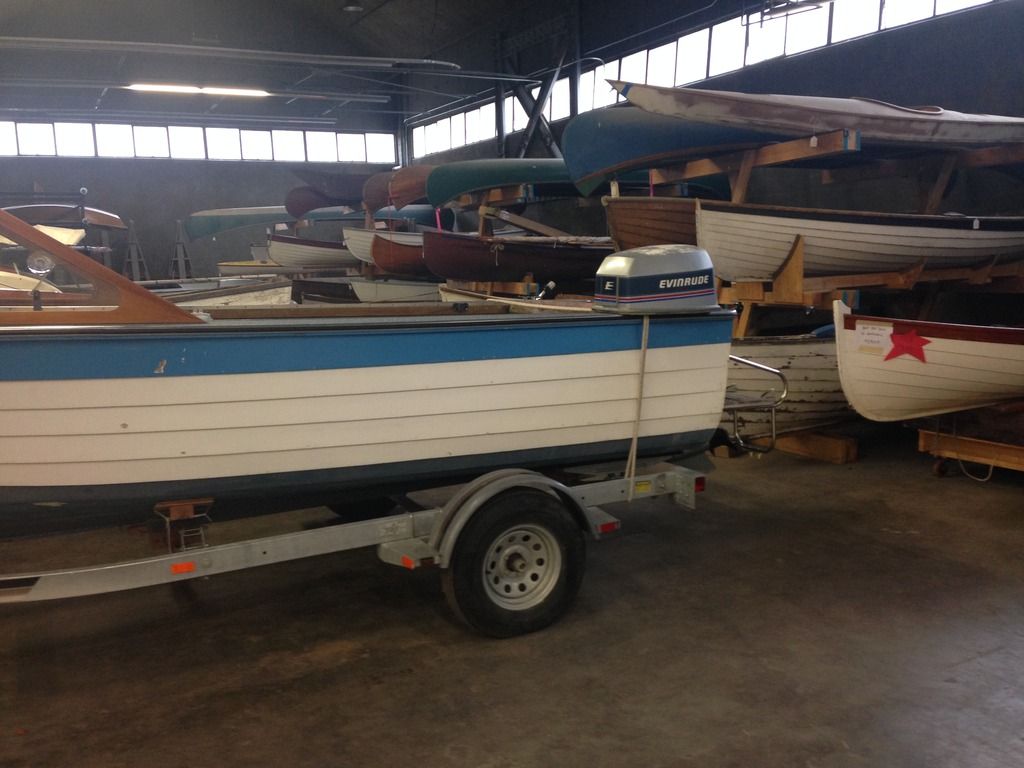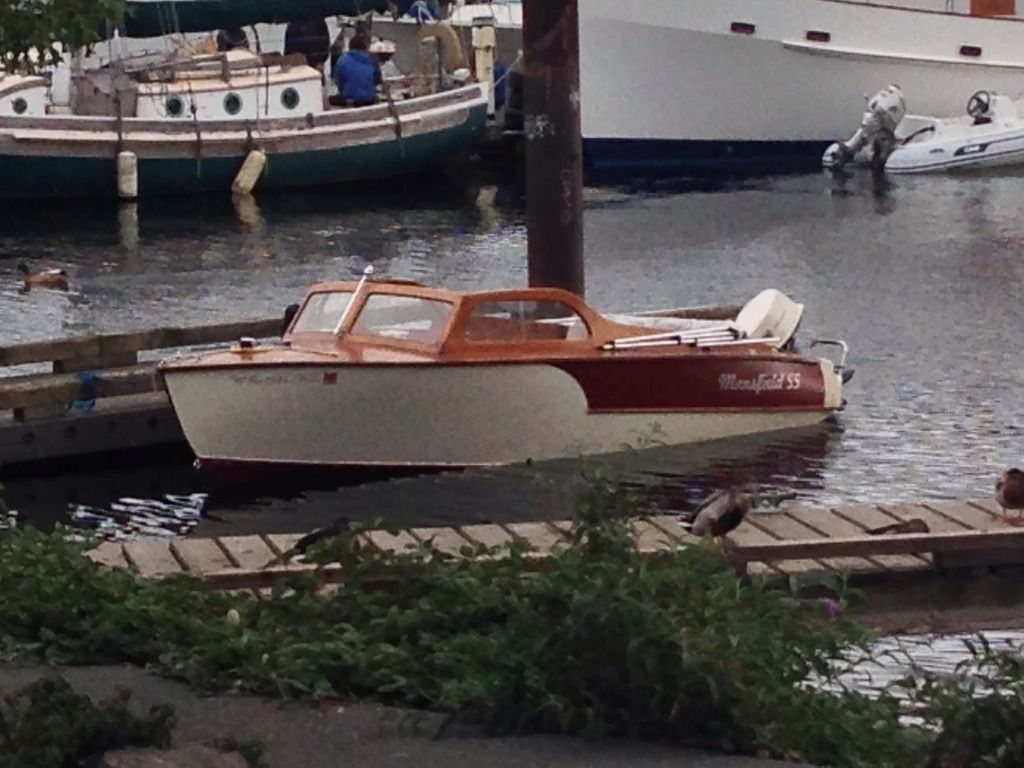Page 1 of 1
Is it worth fixing?
Posted: Tue Jan 05, 2016 9:24 pm
by justfly
Hey, finally got on here..
I have a thread going on another forum, but thought I would try it here as well. I have a 18' 1967 sea coaster or lancer(unsure which) that is new to me. Once I got the floors up I discovered a ton of problems. Basically every frame is rotten(cracked/spongy) in the bilge area, the keelson is questionable, the keelson sisters are in bad shape, and it has about a 3/16" hook around 1.5' forward of the transom. See the pics below..
This is the keelson I scraped with a putty knife to see how far down it went.

Broken sister keelson
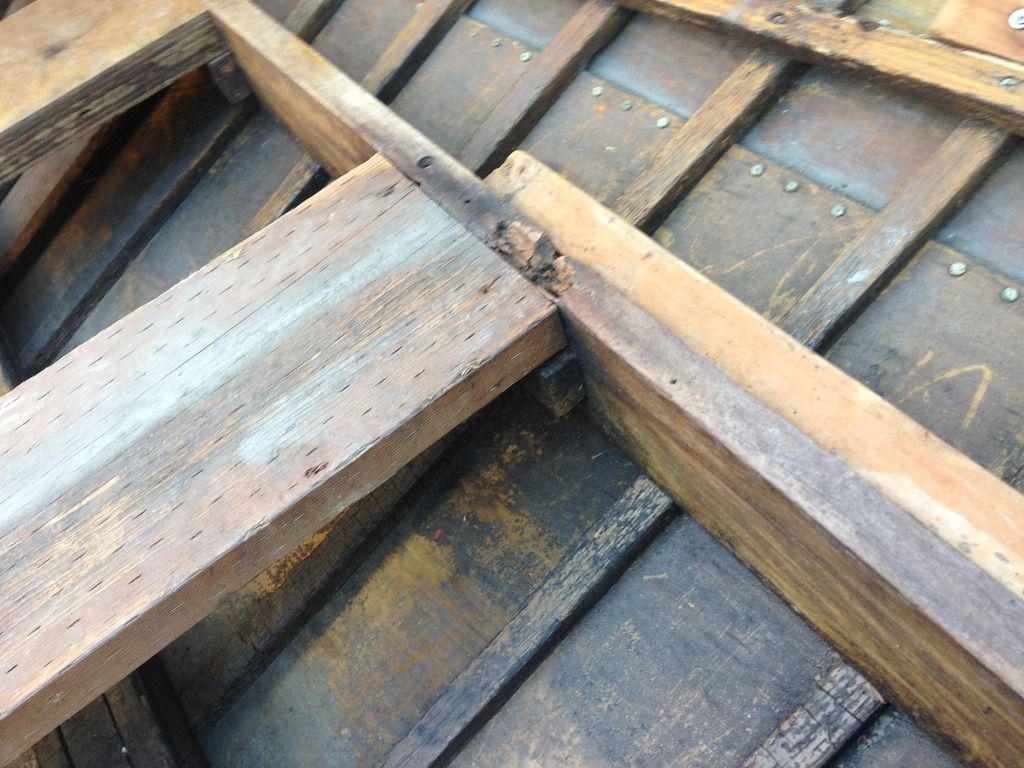
Epoxy experiment I tried on one of the frames, this was after I took the scraper and mallet to it

Section of framing I dug out to see what the plank looked like, looks good to me.
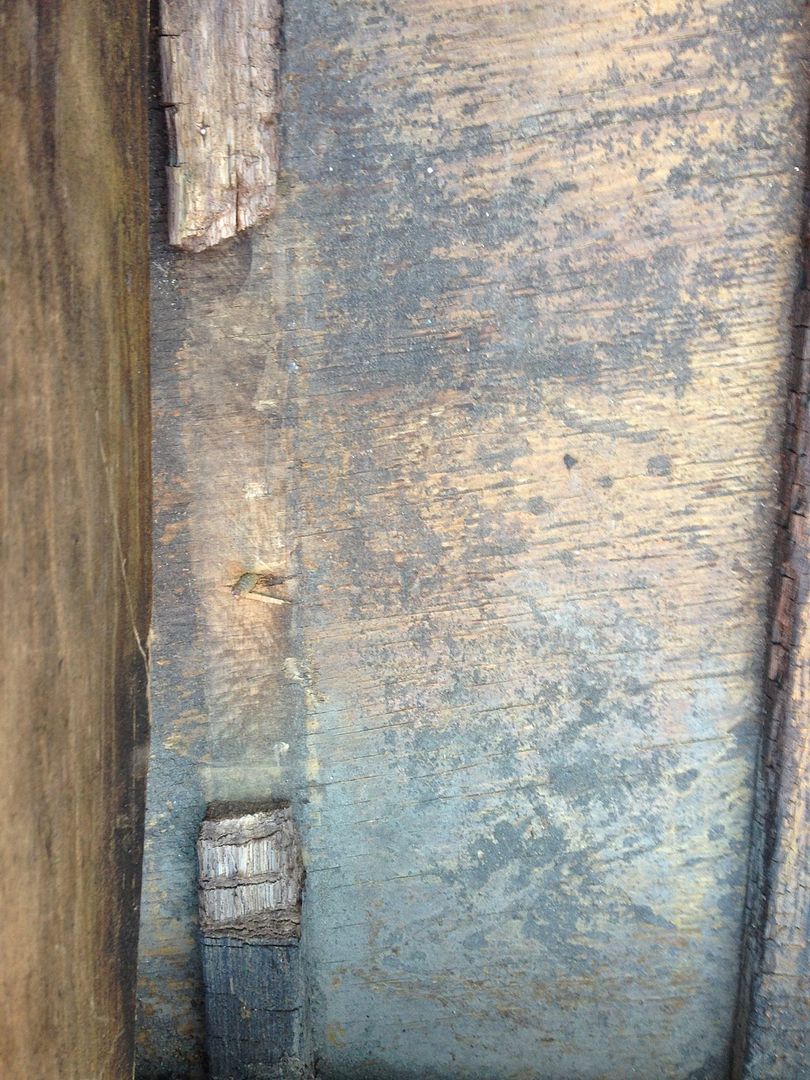
Does the transom look ok?

Here too?
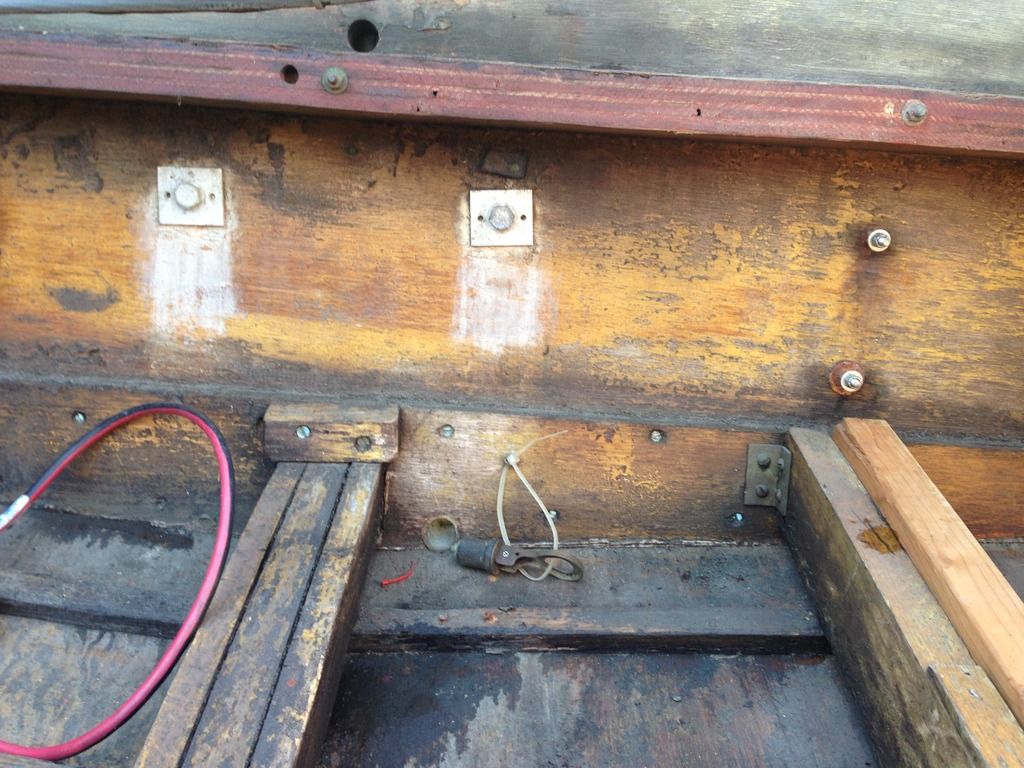
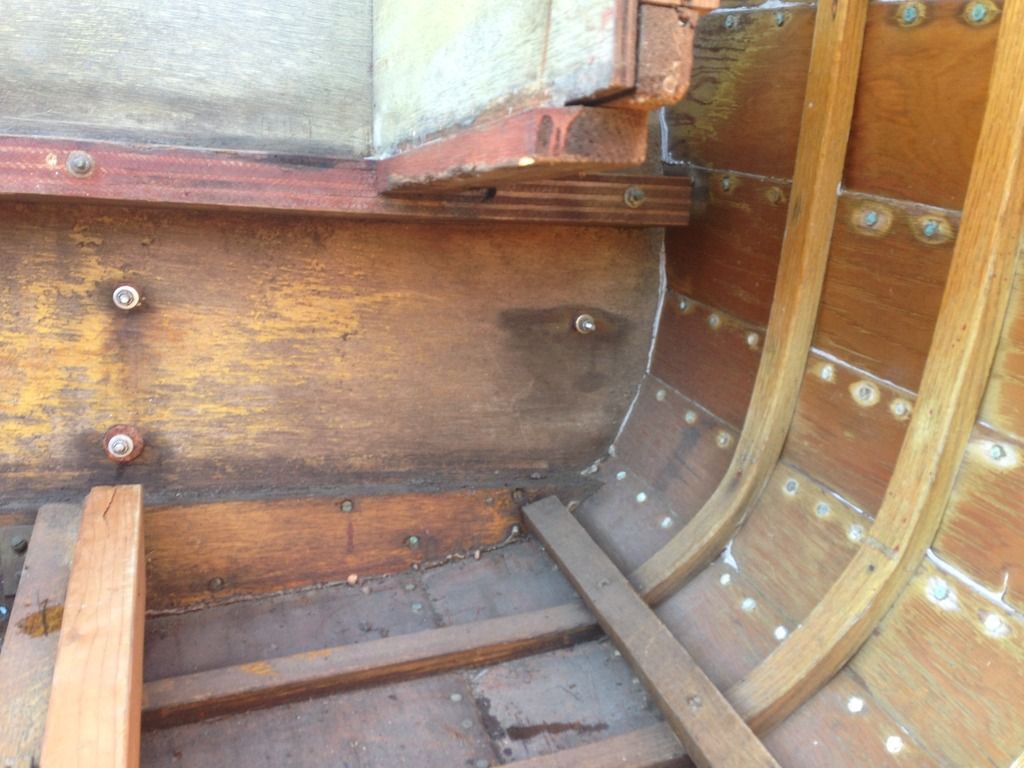
Rotten stringer

Whole transom, look ok?
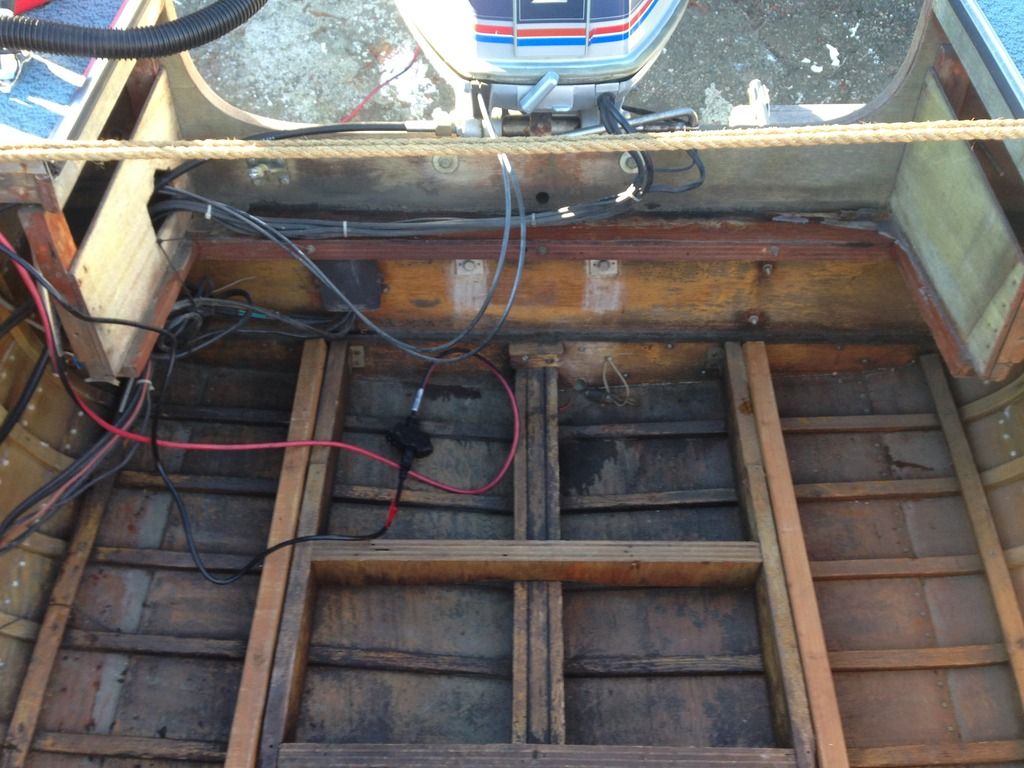
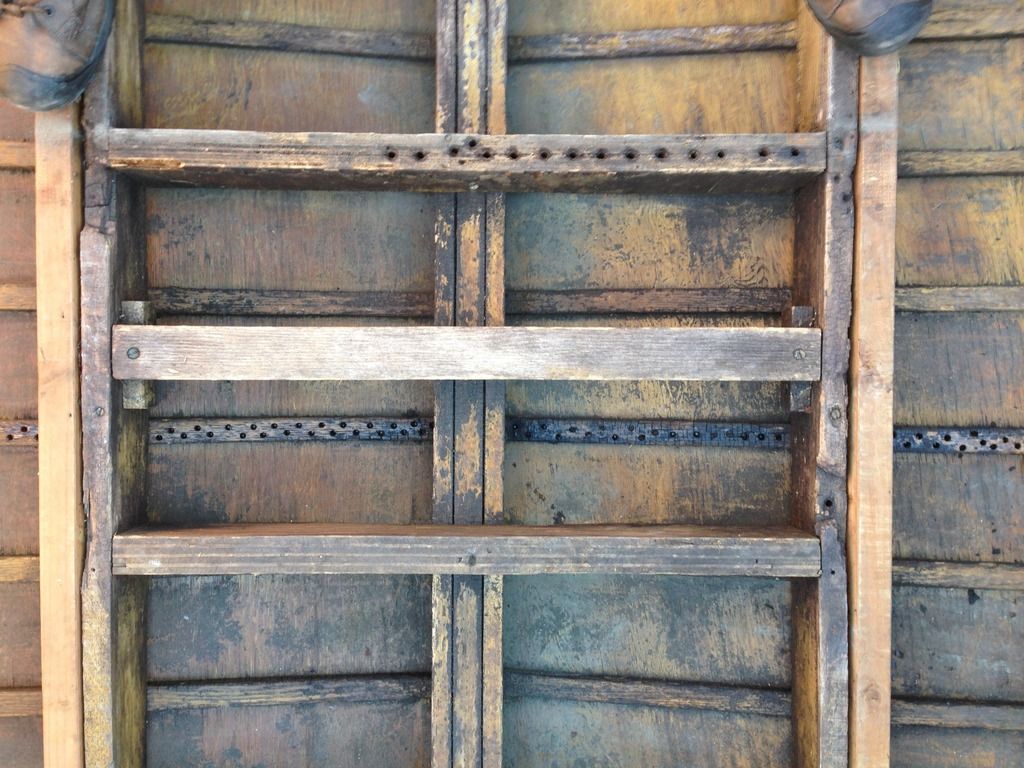
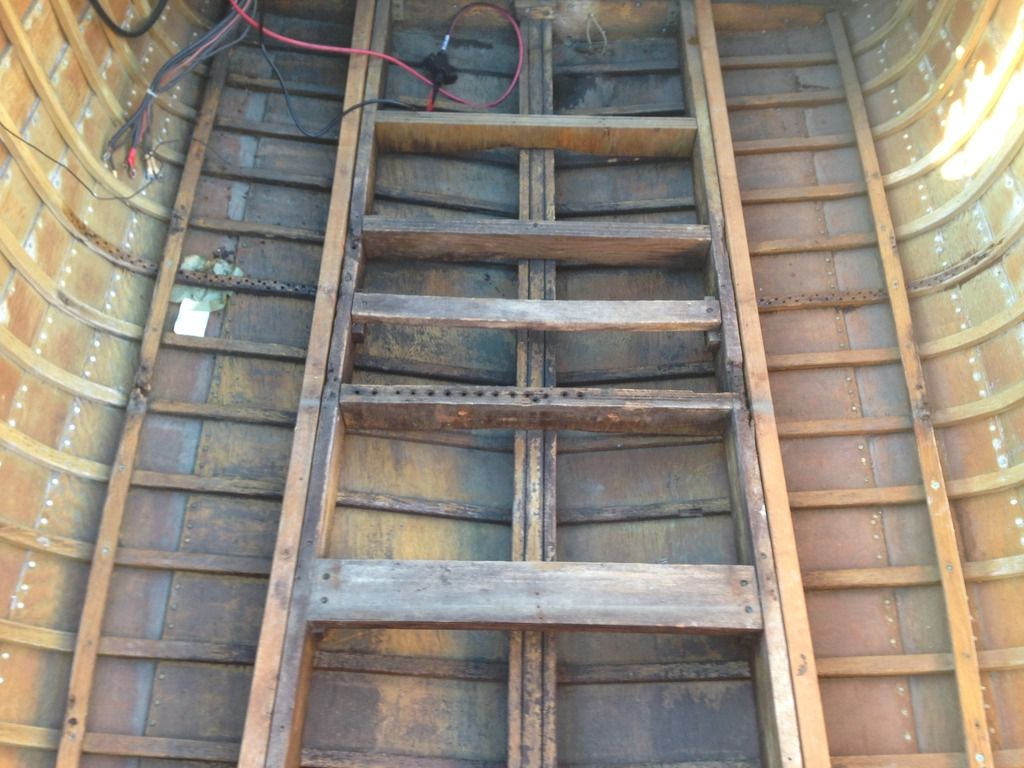
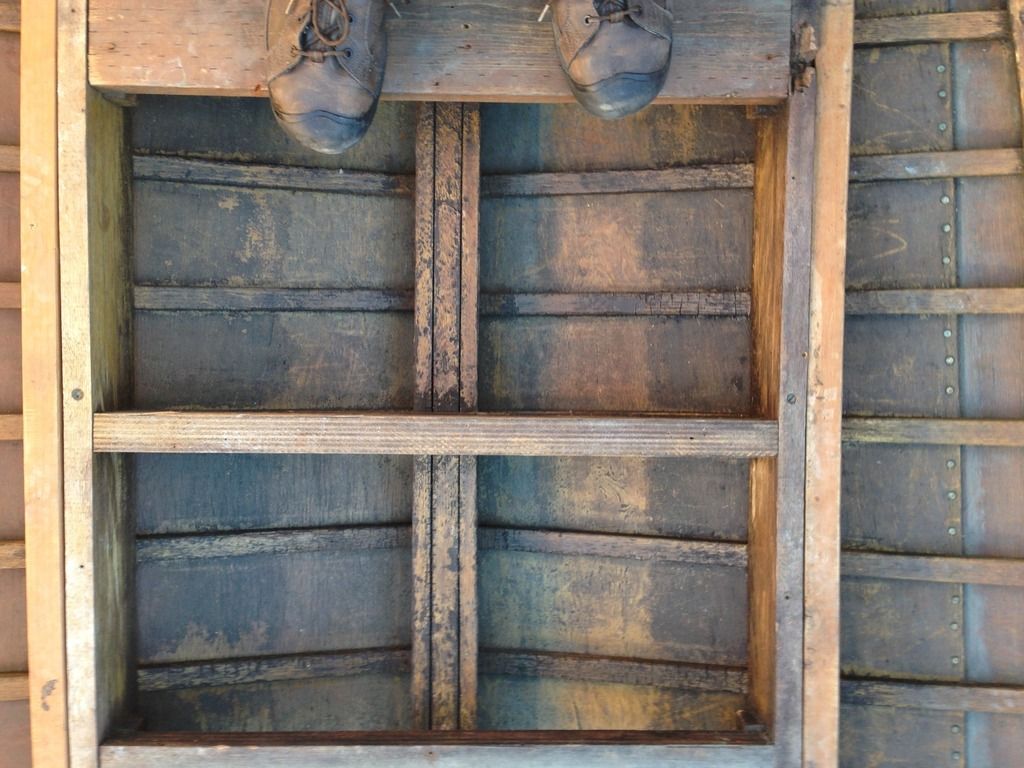
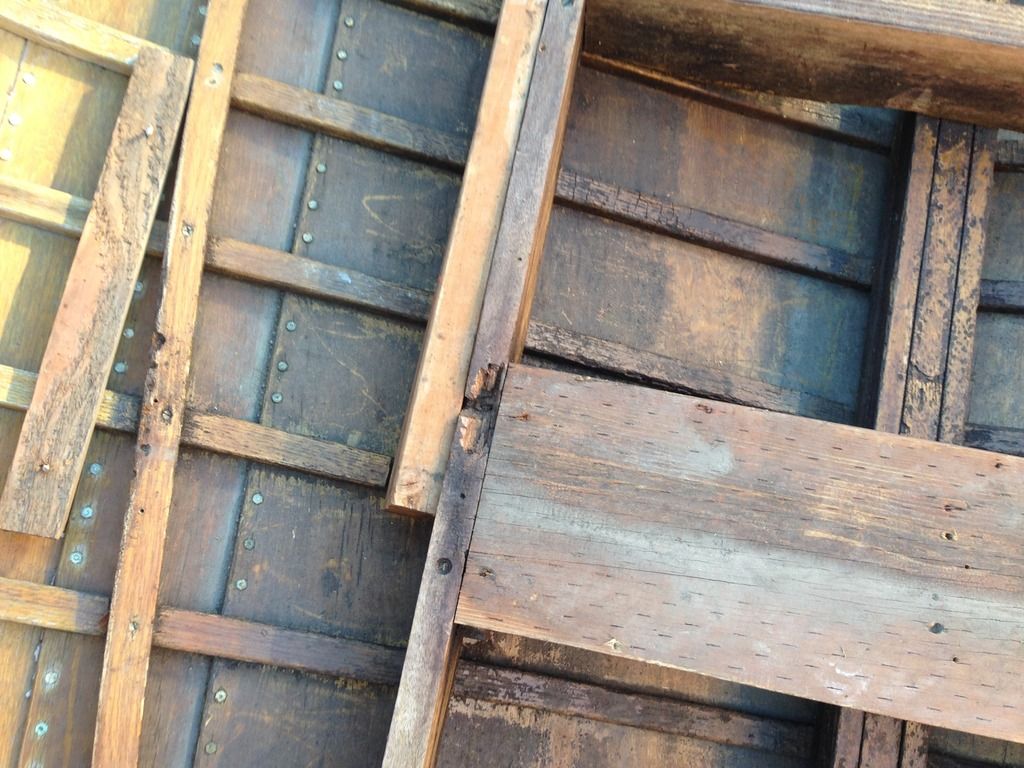
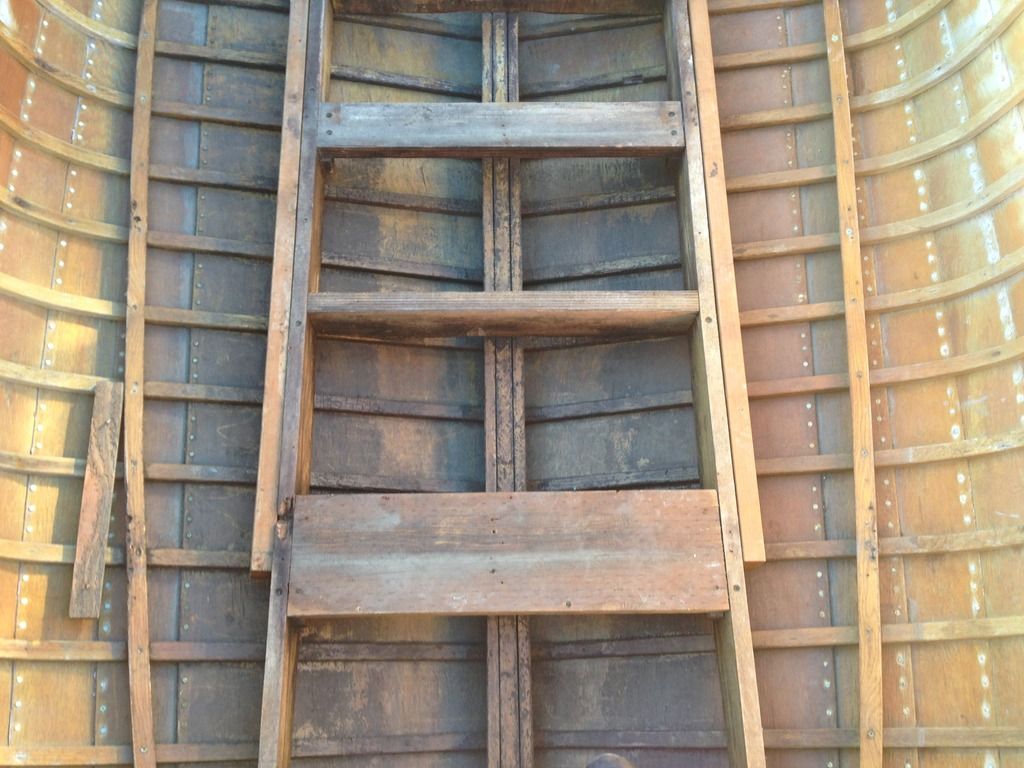
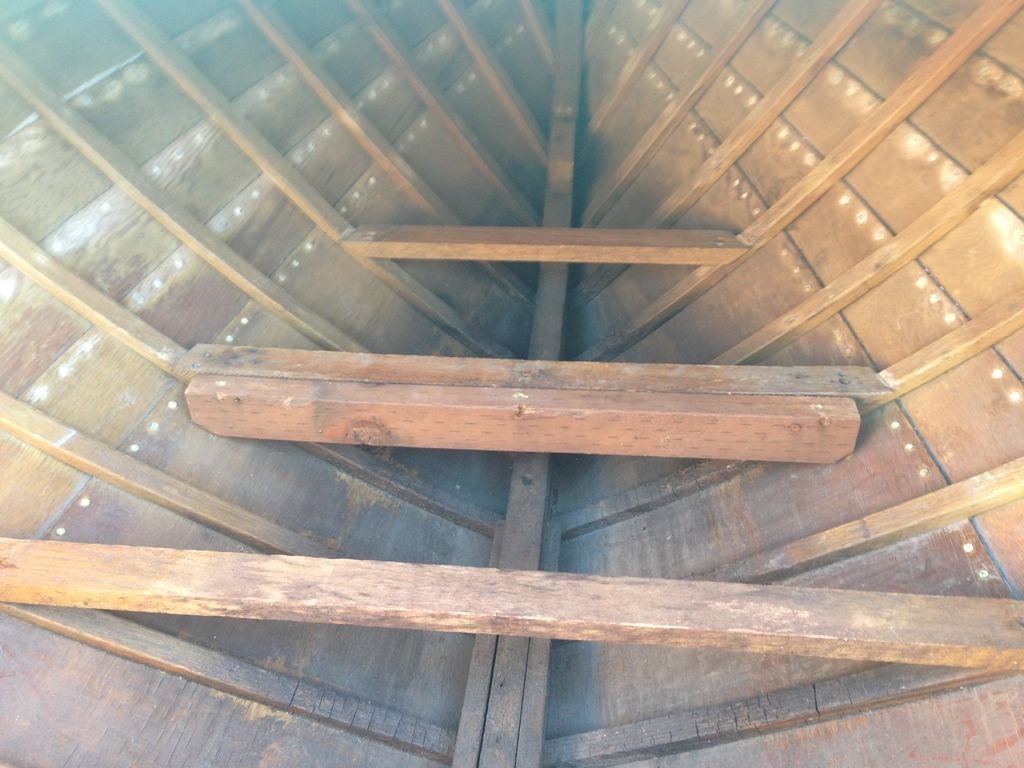
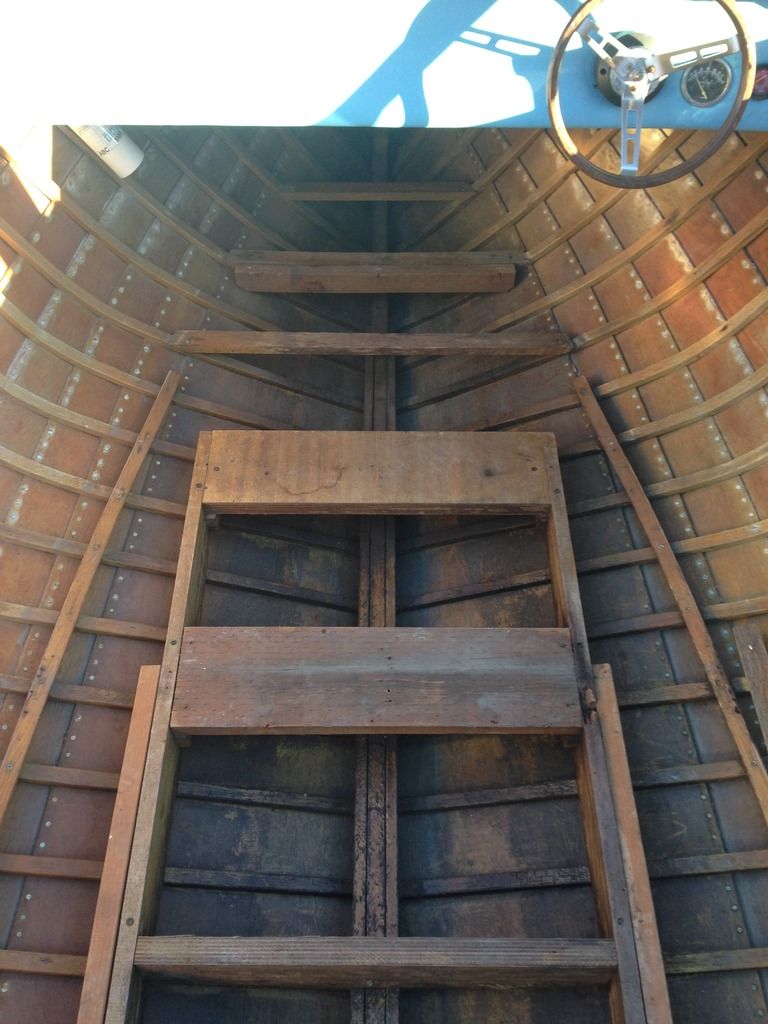
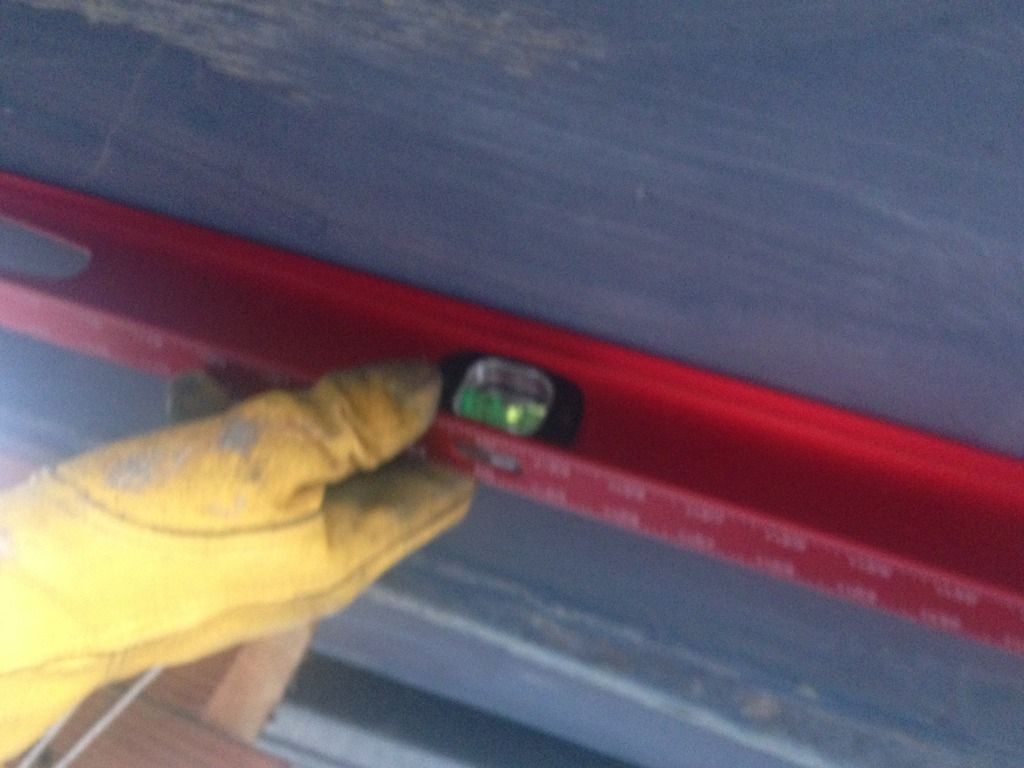
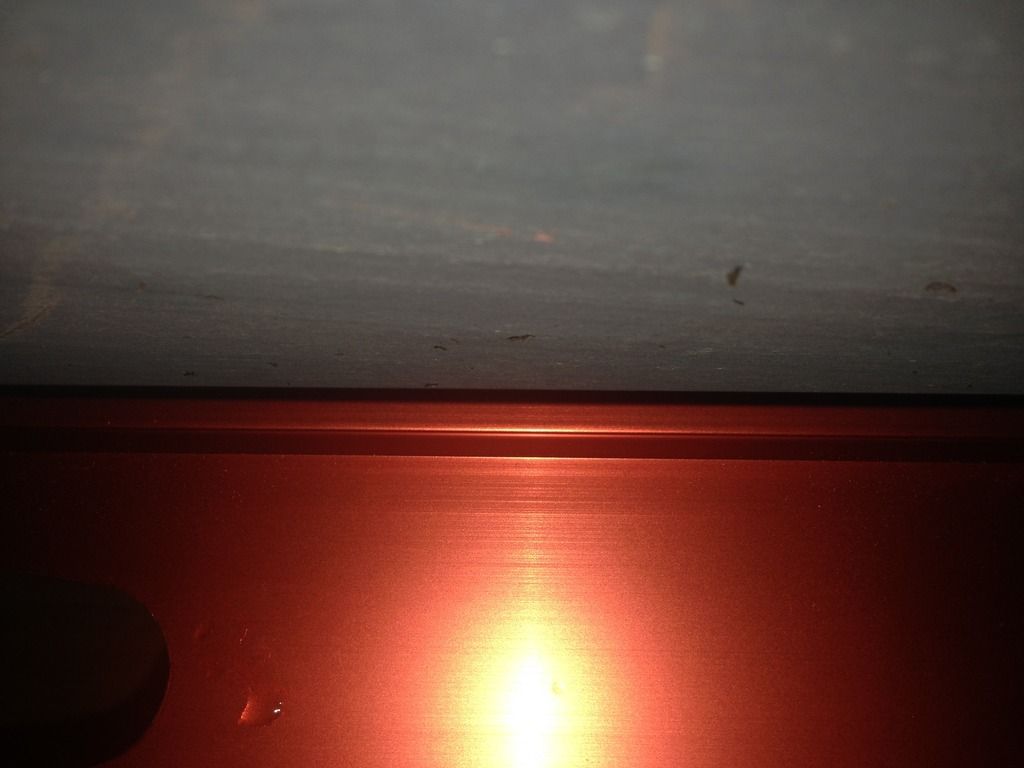
My goal is to get something in the water by THIS spring. Steaming new frames looks to be the obvious answer, but I've never done it and I'll be working alone. I could sister the frames in the bilge area, and/or scarf. And as I said in the other forum, I'll make the whole bilge a piece of plastic with epoxy if I have to. Again, goal is to have something in the water by spring, and I couldn't imagine my ownership of the boat lasting over 5 years max.
There is a 19' offshore for sale locally, I like it alot but someone has already gone epoxy crazy in the bilge. I don't know whats under there, but at the same time does it really matter if I wouldn't keep something over 5 years? I'm going again to check it for a hook, I didn't check the first time. The Thompson in the pics came with an awesome trailer and good 115hp evinrude, the offshore doesn't have a motor.
Any input would be great here...
I have a 16' plywood boat that needs the outer keel resealed, but it's too small and I can't ski behind it, which is something I want to do. Also, the plywood boat is a lake boat, I need to be able to go from large lake to saltwater inlet(I think it's 1200' deep in the middle

) and feel safe.
Re: Is it worth fixing?
Posted: Wed Jan 06, 2016 6:39 pm
by thegammas
Cant tell from pictures if the transom is sound, but if you are going to use it, especially with that heavy motor, in any kind of wake and wave, you have to be sure it is or disaster can ensue out of nowhere. All those frames and the other rot needs to be fixed. Filling the bilge with epoxy won't a safe boat make, she'll just twist and shake apart. Replacing the frames, keelson, stringers etc correctly will give you a sound boat, and the epoxy won't be needed. The hook (speaking from experience) will really effect handling especially at speed (in my case, I can't go past half throttle without the bow plunging, and she wont go in a straight line).
I think having that boat in the water AND safe by the Spring is a tall order, even if you can work on it full time. If speed to water is the goal, maybe find yourself a fiberglass boat too use and restore this one at your leisure, enjoying the work along the way.
Where is she anyway?
Re: Is it worth fixing?
Posted: Wed Jan 06, 2016 7:02 pm
by justfly
Thanks for the reply.
I'm in washington. I stripped the transom of hardware and a swim platform and the holes and everything look good and dry. Look's like the transom was varnished in the past so that may have help save it from the elements. I'm preparing to remove that motor so I can better work on the hull. I noticed today that the max depth of the hook is right where the frames with the max rot are... that will be interesting to track after the frames are replaced.
I know that motor is kinda big and heavy for the boat, any ideas how to beef up the structure to better handle it? I'm thinking the transom could use a bracket at least.
Do you know the size of the frames? I need to buy wood and I want the right size. I'm pretty sure the rotten sections are smaller than original. Should I stick with white oak? I've read that white oak doesn't take epoxy well. I'm coating all new wood with cpes, and I'll likely scarf in the frames at the keelson.
Re: Is it worth fixing?
Posted: Thu Jan 07, 2016 6:15 am
by LancerBoy
Welcome aboard!
First thing you should do is verify what you have. Find the HULL ID stamped into the wood of the transom, inside the boat. Also find the SERIAL NO. on the small rectangular builder's tag. They are different. These can be used to determine the year. Is there a metal capacity tag from the Outboard Boating Club?
Get dimensions and photos of the boat, especially the seating, to determine the model (along with the HULL ID and SERIAL NO).
I looked at the brochures. Believe it or not the Sea Coaster was not shown in the 1967 brochure or price list but it reappeared in 1968. Did they really NOT make the Sea Coaster in 1967???? It is possible. That's after Saul Padek bought the company and they were operating in bankruptcy.
In 1967 the Sea Lancer is 17'-11" centerline length with 85" beam and rated for up to 125 HP.
In 1968 the Sea Lancer has the same dimensions and she is now rated for 130 HP !
In 1968 the Sea Coaster is 16'-7" centerline length and rated for up to 90 HP.
Andreas
Re: Is it worth fixing?
Posted: Thu Jan 07, 2016 6:28 am
by LancerBoy
The rotten wood needs to be removed and replaced with proper, new wood. White oak heartwood (no sapwood) for the keelson, stringers, steam bent ribs, stem, and floor framing. Plywood hull planking is Douglas fir. It might have a paper overlay on the painted face. Transom is Philippine mahogany. Do NOT use red oak in a boat.
I can see a piece of incised wood in the floor framing. That is not factory original.
Forget about dousing the boat with epoxy or other googe. Just don't do it. Better to get a different boat.
Unless you will work on this boat full time, I cannot see how you can do even a half way decent job and have it water ready by spring time.
You can measure the frames where there is solid wood to determine their size.
Andreas
Re: Is it worth fixing?
Posted: Thu Jan 07, 2016 8:01 am
by justfly
LancerBoy wrote:Welcome aboard!
First thing you should do is verify what you have. Find the HULL ID stamped into the wood of the transom, inside the boat. Also find the SERIAL NO. on the small rectangular builder's tag. They are different. These can be used to determine the year. Is there a metal capacity tag from the Outboard Boating Club?
Get dimensions and photos of the boat, especially the seating, to determine the model (along with the HULL ID and SERIAL NO).
I looked at the brochures. Believe it or not the Sea Coaster was not shown in the 1967 brochure or price list but it reappeared in 1968. Did they really NOT make the Sea Coaster in 1967???? It is possible. That's after Saul Padek bought the company and they were operating in bankruptcy.
In 1967 the Sea Lancer is 17'-11" centerline length with 85" beam and rated for up to 125 HP.
In 1968 the Sea Lancer has the same dimensions and she is now rated for 130 HP !
In 1956 the Sea Coaster is 16'-7" centerline length and rated for up to 90 HP.
Andreas
I have yet to be able to find the HULL ID on the transom. The serial number tag is missing, I
may be able to tell where it once was. No OBC anywhere either. I measured the length quite carefully when I got it because I was going to get a custom cover, never did, but center line over the windshield was 18" on the nose. So 17'-11" might be it. The beam was 7' as I recall. HIN from title is WNZ9970AA767, but it sounds like some sort of Washington(WN) issued HIN. Registration numbers start with WN. The title does list a "series/body" as WOGPR17, whatever that means.
I'm, going to work on it the best I can and if it's really obvious I'm not going to finish in time I'll reseal the keel on my other boat and put it in the water. My main concern is not being able to find mooring when the season starts. If I got mooring now it would be about $500/mo for it plus the two parking spots for the boats, empty trailers are still full price.
Re: Is it worth fixing?
Posted: Thu Jan 07, 2016 10:08 am
by LancerBoy
The "WNZ..." code is a state of Washington assigned code. It has absolutely nothing to do with the boat manufacturer and it is meaningless in trying to determine the year of the boat. I have no clue what WOGP..." indicates. Again, it is nothing form the manufacturer.
Andreas
Re: Is it worth fixing?
Posted: Thu Jan 07, 2016 10:45 am
by justfly
Re: Is it worth fixing?
Posted: Thu Jan 07, 2016 6:43 pm
by thegammas
Is that first boat the one that needs the keel sealed to get it in the water? If so, spend your time on that to get it ready and take your time and have fun working on the other one...
Love the Mansfield - reminds me of my uncle's boat - the one that hooked me on wooden boats as a kid
Re: Is it worth fixing?
Posted: Thu Jan 07, 2016 6:46 pm
by justfly
no, the last one(mansfield) is the one that needs the keel sealed. I ran it with a bilge pump and a backup all last summer. Water usually came up to the stringers. it needs a couple other things too, it can basically go in the water now if need be.
Re: Is it worth fixing?
Posted: Fri Jan 08, 2016 5:21 am
by thegammas
I love it - she's cool
Re: Is it worth fixing?
Posted: Fri Jan 08, 2016 6:04 am
by LancerBoy
Love all the canoes and rowing skiffs on the racks in the one photo!
The windshield on the Thompson Boat is not factory original. Someone did a very nice job of making that windshield frame tho. The vinyl covering on the deck is not factory original either.
If she is about 18' centerline length, she is most likely the SEA LANCER model.
Andreas
Re: Is it worth fixing?
Posted: Fri Jan 15, 2016 12:33 pm
by justfly
UPDATE:
I got the sister keelsons off(the ones sandwiching the keel) and the keelson/keel(not real sure what to cal it) itself is in good shape. I only found a little bit of damage where the garboard planks come together. As I said before, I'm not taking the entire keel out, so I filled the keel up with CPES and I'm waiting on it to dry. The new sister keelsons were also painted in CPES. I would like to paint the keel before I screw the new sisters to it, does that sound like a good idea? I didn't want the wood of the old keel and new sisters on top of each other without some sort of painting/barrier. I know I will caulk the top between the sisters and the keel at least.
After I get the new sister keelsons in, I'm moving to the big outer stringers that screw into the crossmembers. Then it's time for the frames, followed by the small outer stringers and likely new crossmembers. They are mostly rotten on the inside, like me. Transom looks good, my boatyard neighbor poked around with a knife and said it was fine, then I'll seal it with CPES. It'll eventually get epoxy paint, as I'd like it to have a piano gloss finish in white.
He showed me his big ol'e wood commercial fishing boat he has in the water, I didn't even know it was there. It's now officially the largest wood vessel I've ever been aboard. He is replacing some frames too, they are the size of 2x4's
Still thinking about how to get it off the trailer and supported in a way that I can remove the outer keel. Seems like all the pics I've seen have boats supported by keel blocks and stands. But I need access to the keel, so can't use blocks. Was thinking jackstands under the transom and hull stands up front? I'm assuming the hull would be ok as long as I didn't get in the boat without the keel on blocks.
Re: Is it worth fixing?
Posted: Sat Jan 16, 2016 11:44 am
by thegammas
Sounds like you are making some progress! Good news on the transom, that's a big big time & effort saver there.
In response to your questions, If the sister keelsons are sealed with CPES, I don't think you need to paint them before installation, but hey it wont hurt so why not.
Here is how I supported my boat when working under it. Like you suggest, jack stands under the transom, homemade boat stands under the bow. When not under the boat or not working on the outer keel area, I put a support under the outer keel using a scissors jack for quick and easy placement or removal.





















 ) and feel safe.
) and feel safe.




















